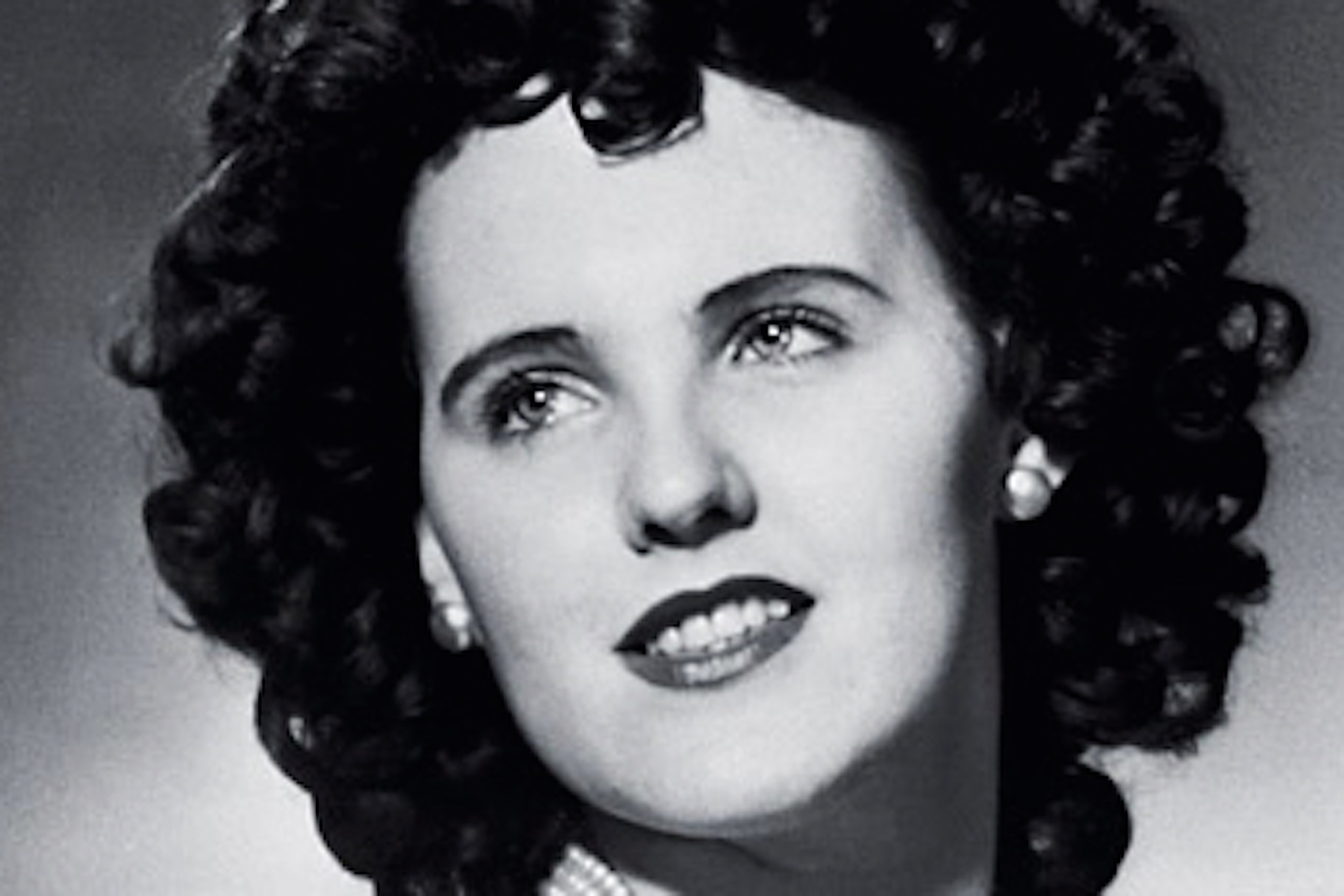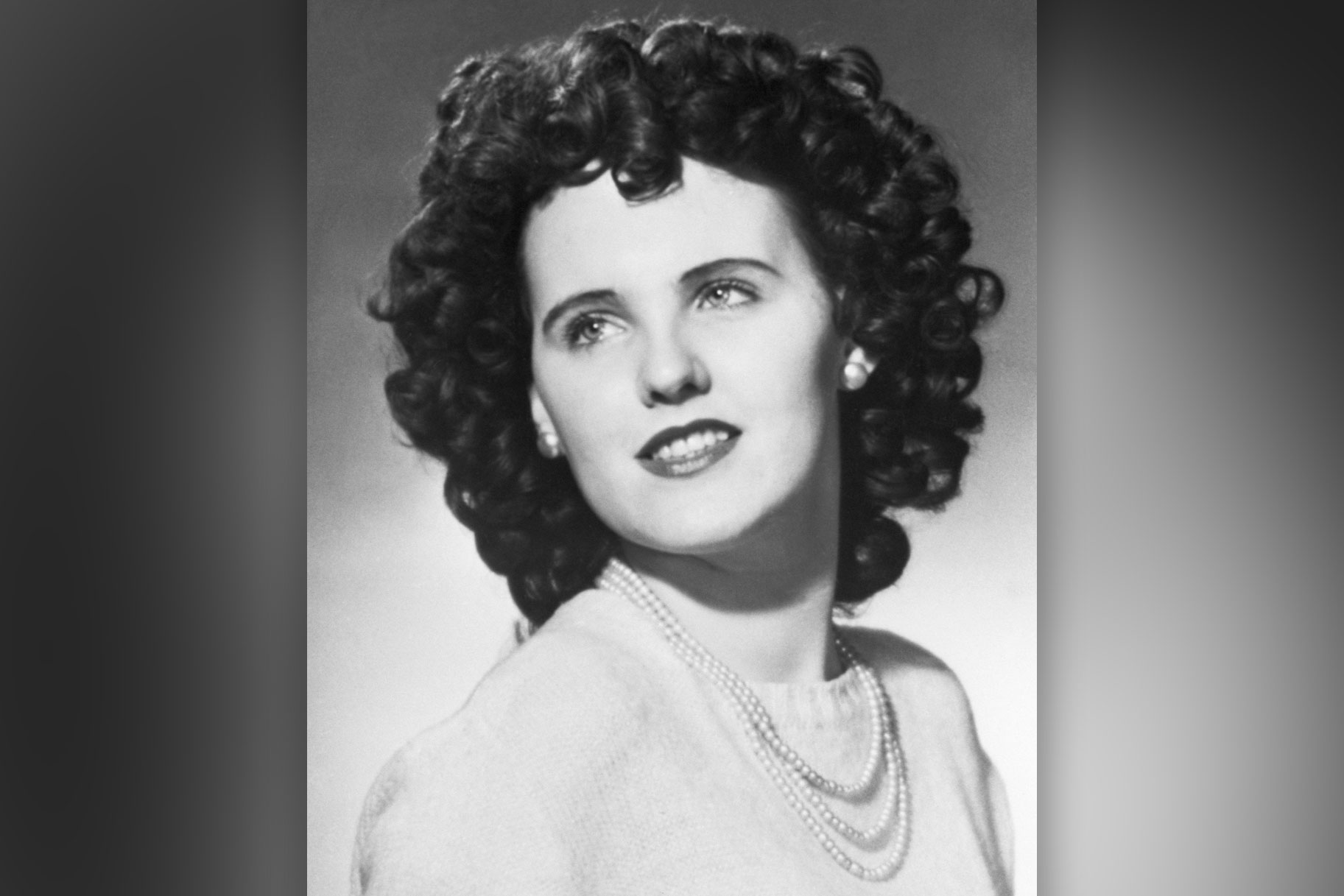Unveiling The Truth: The Haunting Legacy Of Elizabeth Short Murder Photos
On a chilly January morning in 1947, Los Angeles woke up to a crime that would forever change the landscape of true crime history. The discovery of Elizabeth Short's body in a vacant lot sent shockwaves through the city, and her murder remains one of the most infamous unsolved cases in American history. Known as the "Black Dahlia," her story has captivated the public for decades, with her murder photos becoming a haunting symbol of a tragedy that continues to baffle investigators.
The world was introduced to Elizabeth Short not through her life, but through her death. Her murder photos, while disturbing, have become a critical piece of the puzzle in understanding the brutality and mystery surrounding her case. These images have sparked countless theories, investigations, and debates, making her one of the most talked-about victims in true crime history.
But who was Elizabeth Short? Was she just another victim of circumstance, or was there more to her story? In this article, we'll dive deep into her life, the circumstances surrounding her death, and the impact her murder photos have had on both the investigation and popular culture. So, grab your coffee, settle in, and let's unravel the mystery together.
- Light A The Ultimate Guide To Understanding Its Significance Impact And Applications
- How Many Years Has Ynw Melly Been In Jail The Untold Story
Table of Contents
- Elizabeth Short: A Brief Biography
- The Grisly Discovery
- The Role of Murder Photos in the Case
- Unraveling the Theories
- The Investigation: Then and Now
- Impact on Popular Culture
- The Psychology Behind True Crime Fascination
- Forensic Advances and Their Role
- The Lasting Legacy of Elizabeth Short
- Final Thoughts
Elizabeth Short: A Brief Biography
Before diving into the grim details of her murder, it's essential to understand who Elizabeth Short was. Born on July 29, 1924, in Boston, Massachusetts, Short led a life marked by tragedy and struggle. Her father abandoned the family when she was young, leaving her mother to raise five children alone. This early trauma shaped much of her worldview and decisions later in life.
Early Life and Struggles
Short's early years were anything but ordinary. She moved frequently, searching for stability and opportunity. During World War II, she worked in various defense plants, hoping to contribute to the war effort while building a better life for herself. But her dreams were short-lived, and her life took a darker turn as she drifted from place to place, often finding herself in precarious situations.
Here's a quick overview of her personal details:
- Celebrity Accent Latest Discover The Unique Linguistic Flair Of Todayrsquos Stars
- How Many Grandchildren Did Elvis Have Unveiling The Kings Family Legacy
| Full Name | Elizabeth Short |
|---|---|
| Date of Birth | July 29, 1924 |
| Place of Birth | Boston, Massachusetts |
| Occupation | Waitress, Defense Plant Worker |
| Known As | The Black Dahlia |
The Grisly Discovery
On January 15, 1947, a shocking discovery was made in a vacant lot near Leimert Park in Los Angeles. A passerby stumbled upon the lifeless body of Elizabeth Short, her body grotesquely mutilated and severed at the waist. The scene was horrifying, and the photos taken at the time have since become some of the most infamous images in true crime history.
Details of the Crime Scene
The crime scene photos revealed a level of brutality that shocked even seasoned investigators. Short's body was posed in a peculiar manner, with her face down and her limbs arranged in a disturbing fashion. The severity of the injuries and the precision of the cuts suggested a level of expertise that baffled the authorities. These images, while gruesome, have played a crucial role in the ongoing investigation.
The Role of Murder Photos in the Case
The murder photos of Elizabeth Short have become an integral part of the case, offering both clues and challenges to investigators. While they provide valuable evidence, they also raise ethical questions about the use of such images in media and public discourse.
Why Are These Photos Important?
- They offer a visual record of the crime scene, helping investigators reconstruct the events leading to Short's death.
- They highlight the meticulous nature of the crime, suggesting a methodical and possibly experienced perpetrator.
- They serve as a stark reminder of the brutality of the crime, keeping the case alive in public memory.
However, the use of these photos has also sparked debates about the ethics of sharing such graphic content. While they aid in investigation, they also exploit the victim's suffering for public consumption.
Unraveling the Theories
Over the years, numerous theories have emerged about the identity of Elizabeth Short's killer. From serial killers to jilted lovers, the list of suspects is long and varied. But without concrete evidence, the case remains unsolved.
Popular Theories
- Serial Killer Theory: Some believe the killer was a serial offender, targeting women in a specific pattern.
- Personal Vendetta: Others suggest the murder was the result of a personal grudge or relationship gone wrong.
- Copycat Crimes: The possibility of copycat killers mimicking previous high-profile murders has also been considered.
While these theories provide intriguing possibilities, none have been proven, leaving the case as open as ever.
The Investigation: Then and Now
The investigation into Elizabeth Short's murder began with a flurry of activity, but as the years passed, it gradually faded into the background. Despite advancements in forensic science, the case remains unsolved. However, modern technology offers new hope for uncovering the truth.
Advancements in Forensic Science
Today, investigators have access to tools that were unimaginable in 1947. DNA analysis, digital imaging, and advanced data processing have transformed the way crimes are solved. While these tools can't rewrite history, they can provide new insights into old cases.
Impact on Popular Culture
Elizabeth Short's murder has had a lasting impact on popular culture, inspiring countless books, films, and TV shows. Her story has become a symbol of the darker side of human nature, captivating audiences worldwide.
Media Representations
- Books like "The Black Dahlia" by James Ellroy have brought her story to a wider audience.
- Films and documentaries have explored the case, offering new perspectives and theories.
- True crime podcasts have reignited interest in the case, engaging a new generation of armchair detectives.
Through these mediums, Elizabeth Short's legacy continues to influence and inspire.
The Psychology Behind True Crime Fascination
Why are we so fascinated by true crime stories? The allure of the unknown, the desire to understand the human condition, and the thrill of solving a mystery all play a role in our obsession with cases like Elizabeth Short's.
What Drives Our Interest?
- The need to make sense of senseless violence.
- The satisfaction of piecing together clues and uncovering hidden truths.
- The human tendency to empathize with victims and seek justice on their behalf.
Understanding these motivations can help us better appreciate the impact these stories have on our collective psyche.
Forensic Advances and Their Role
Forensic science has come a long way since 1947, and these advancements could hold the key to solving cold cases like Elizabeth Short's. From DNA profiling to digital reconstruction, modern techniques offer new possibilities for uncovering the truth.
How Technology Can Help
- DNA analysis can identify suspects or rule out others.
- Digital imaging can reconstruct crime scenes with unprecedented accuracy.
- Data processing can sift through vast amounts of information to uncover patterns and connections.
While these tools can't guarantee a solution, they can provide valuable leads that might otherwise go unnoticed.
The Lasting Legacy of Elizabeth Short
Elizabeth Short's legacy extends far beyond the tragic circumstances of her death. Her story has inspired generations of true crime enthusiasts, detectives, and writers, ensuring that her memory lives on. While the case remains unsolved, her impact on the world of true crime is undeniable.
Final Thoughts
Elizabeth Short's murder remains one of the most captivating and tragic mysteries of our time. Her murder photos, while haunting, have played a crucial role in keeping her story alive. As technology advances and new theories emerge, the hope of solving the case persists. But for now, Elizabeth Short's legacy endures as a reminder of the complexities and mysteries of the human experience.
So, what do you think? Do you have a theory about who killed Elizabeth Short? Share your thoughts in the comments below, and don't forget to check out our other articles for more intriguing true crime stories. The truth might just be closer than you think!
- How Many Children Does Shania Twain Have Discovering The Queen Of Countrys Family Life
- How Many Kids Does Shania Twain Have A Deep Dive Into Her Family Life

Separating Fact From Fiction In The Black Dahlia Murder Crime News

Who Was Black Dahlia Murder Victim Elizabeth Short? Crime News

Does this old letter finally solve the mystery of the Black Dahlia?